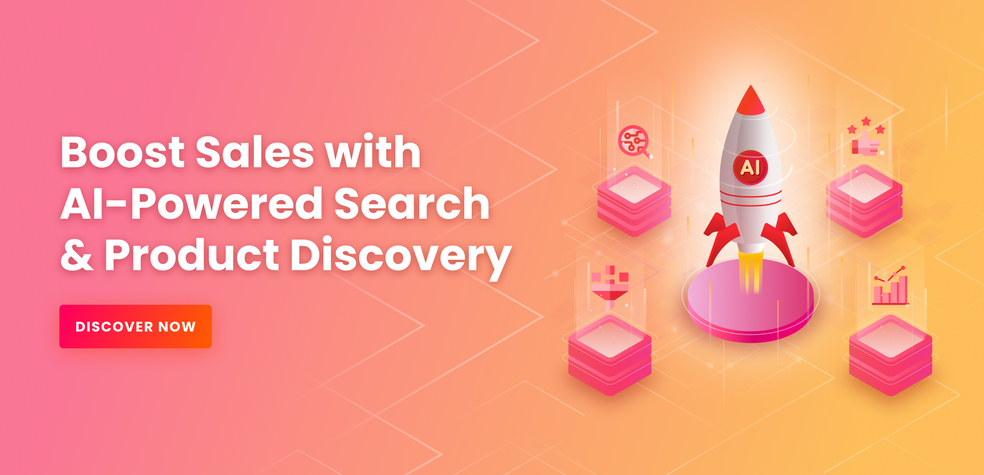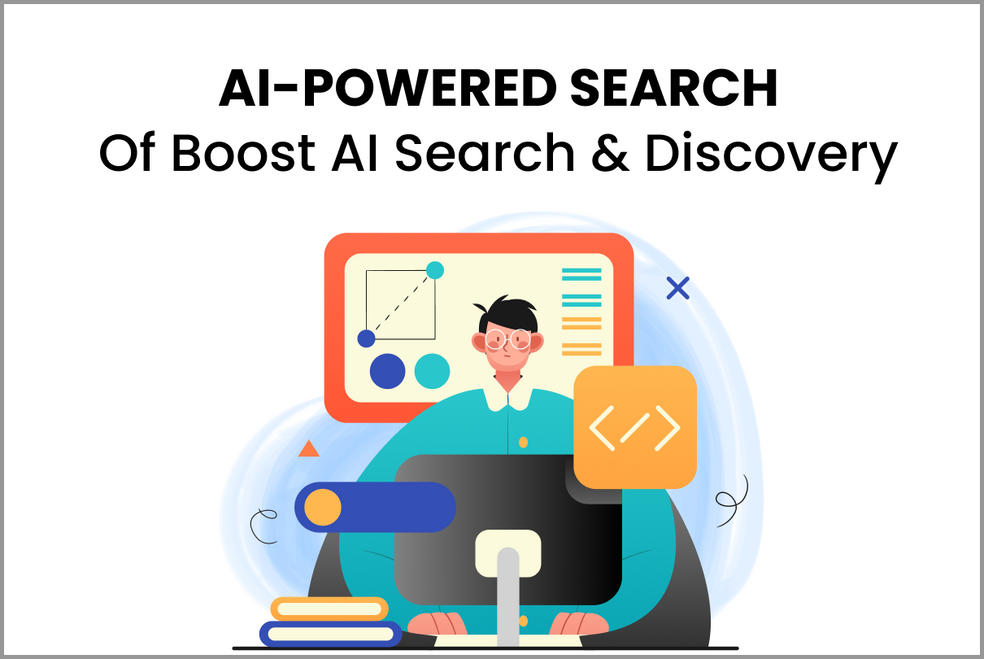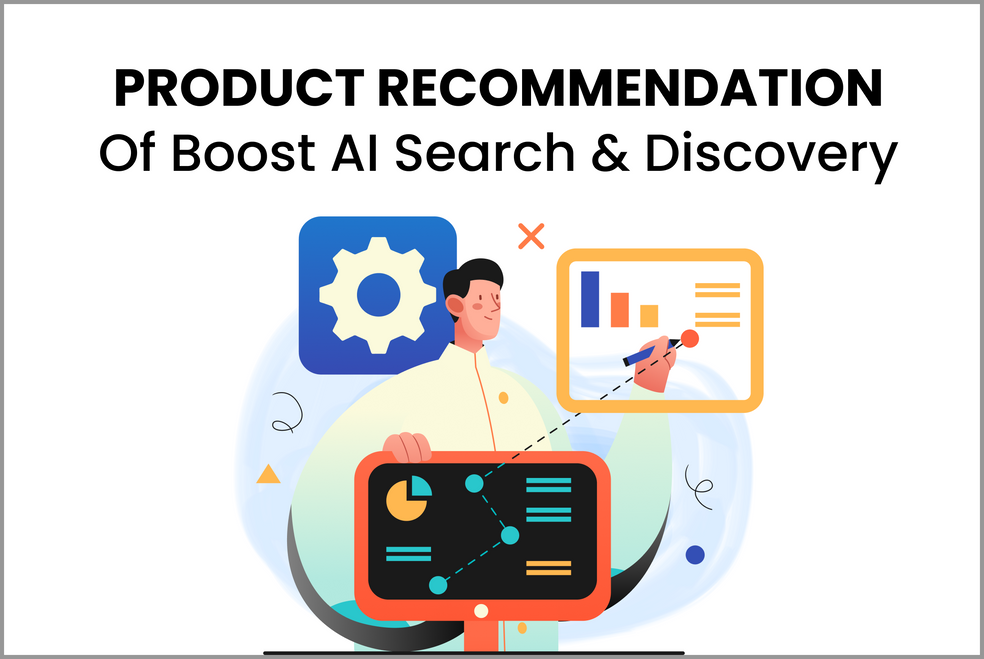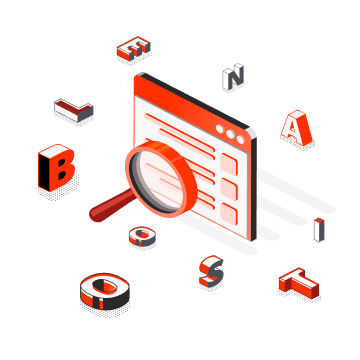What is Product Intelligence?
Product intelligence is the process of acquiring, analyzing, and acting on data about how customers use your products. To drive product development and improve product experiences, it combines product data with operational data.
Because of this additional data, your analysis will be based on a more complete picture of how customers engage with your product, and you will be able to unearth fresh insights that would not have been revealed by product user data alone.
One of the difficulties in executing a good product intelligence strategy is that the data needed to generate relevant insights is frequently scattered across several silos.
Customer data from other sources, such as CRM systems, marketing tools, and customer experience apps, must be merged with user activity data and product metrics, for example. The actual value of product intelligence can be realized when all of these data sources are merged for analysis.
The importance of product intelligence
The name implies the primary advantage of product intelligence. Product intelligence can help you understand how your product is functioning and what changes you need to make to improve the consumer or user experience.
Here are some of the most significant advantages of product intelligence:
Product intelligence improves the customer experience
According to PricewaterhouseCoopers, 32% of customers will abandon a beloved brand after a single negative experience. Furthermore, Gartner reports that more than two-thirds of organizations compete primarily based on customer experience.
If your product analytics reveal a consistent fault in the user experience, you know you should prioritize fixing it in your next product update. Better user experiences result in happy customers who spend more money and return to your products.
Customers are willing to spend up to 16% extra for products and services if they have a positive customer experience.
Better customer experiences boost loyalty and reduce customer churn.
Accelerate product innovation
Iterative product development requires development teams to constantly improve and innovate.
Product intelligence provides them with the knowledge they need to make iteration a habit rather than something done on the spur of the moment. When you have an always-on, 360-degree picture of how people use your product, you can utilize this data to continuously improve the user experience.
Improve quality control
Product intelligence comprises tracking product development metrics, often known as key performance indicators for products (KPIs). Tracking product development metrics provides businesses more control over the quality of their products and prevents errors or flaws from going undetected.
Product analytics measurements also assist product development teams in making better-informed product decisions rather than relying on educated guesswork. This actionable data, along with product intelligence, can improve the quality of your product and the product development process.
Gain a competitive advantage
Product intelligence enables businesses to constantly innovate to keep their products relevant. Companies that do not use product intelligence risk shortening the lifecycle of their products by neglecting to iterate.
When a competitor launches a little more innovative version of a product, these companies risk losing market share. In today’s competitive world, brands that use product analytics to constantly innovate and make faster and wiser decisions will gain an advantage.
Make quantifiable improvements
Product intelligence may assist remove the guesswork from product updates and new feature development.
Consistent product analytics data can show you whether your improvements are effective. You may monitor user uptake and sentiment as you roll out new features or actively solicit feedback on what else your customers want from you.
Product Intelligence and Competitive Intelligence
Competitive intelligence, also known as corporate intelligence, is the ability to collect, analyze, and apply information gathered on competitors, consumers, and other market elements that contribute to a company’s competitive edge.
Competitive intelligence is significant because it assists firms in understanding their competitive environment, as well as the opportunities and problems that it brings. Businesses analyze data to develop effective and efficient business processes.
By definition, it collects actionable information from a variety of published and unpublished sources efficiently and ethically. In an ideal world, a company would successfully deploy competitive intelligence by creating a detailed enough portrait of the market to predict and respond to difficulties and issues before they occur.
Competitive intelligence goes beyond the simple adage “know your enemy.” Rather, it is a deep-dive activity in which organizations learn about their competitors’ business plans, including the clients they service and the markets in which they operate.
Competitive intelligence also investigates how a wide range of events affect rival businesses. It also shows how distributors and other stakeholders may be affected, as well as how new technology can swiftly render every assumption wrong.
How can you implement a Product intelligence solution successfully?
Step 1: Provide the essential tools to teams
Product teams, as stated in our ‘guiding principles’ section, must have comprehensive access to consumer data.
This involves direct client contact as well as access to qualitative and quantitative insights. Teams must also be free to solve problems and conduct experiments to gain new insights.
To equip teams with the required tools, create policies and procedures that are simple to comprehend, obtain, and teach. Then, develop a resource portal with the essential tools, experimentation advice, and market research.
Consider forming a specialized problem-solving team to take this a step further.
Step 2: Simplify technical execution
Teams must have systems in place to streamline technical execution, from coordinating delivery and experimentation to searching through streaming data from various points in the client journey.
This entails automating as much manual labor as feasible and assigning people particular tasks that contribute to the overall operation.
For example, certain teams may concentrate on user management, while others concentrate on product monitoring, while repetitive operational tasks (such as data pulling) are automated.
Employees who are individually accountable for specialized duties and are not subjected to repetitious chores become specialists in those functions.
Step 3: Carry out the study
Product research entails getting a detailed data markup, such as:
- Service data
- Manufacturing and test data
- Design data
- Distribution metrics
- Marketing metrics
Product research advises you on where to concentrate your marketing efforts, whether to abandon a line and when to launch a new generation of products. This study is critical for knowing what customers want.
Next, carefully examine the data to determine whether the products fail to meet, or surpass customer expectations. Consider forming a dedicated research team that specializes in gathering ideas and making sense of them to optimize the research process.
Step 4: Track products
Product tracking entails continuously monitoring product data in real time to better understand the product’s lifespan.
Product tracking enables businesses to acquire information about product performance and explore product potential.
Product tracking assists you in addressing challenges that jeopardize product success, from determining whether products generate returns to identifying product complications early on.
Keep an eye out for search indications, product reviews, and social media signals when tracking products. This will assist you in tracking trends and demand. You can also detect and relocate your goods to areas where demand is higher.
Step 5: Examine your competitors
While competition concerns any business, digital product companies are under much more pressure to keep up. Technology is a fast-paced game in which failing to keep up means falling behind or losing the game entirely.
Understanding the competitive landscape and identifying your competitors – including direct, indirect, perceived, and aspirational competitors – is one of the greatest places to start with competitor analysis.
Then, examine their products, customers, marketing methods, and sales approaches.
When conducting competition research, consider the following questions:
- Who are they marketing to?
- What campaigns are they using?
- Do they have any unique offerings that other production companies don’t?
- What are their best-selling products and why?
- How many units do they sell per day on average?
- What does their revenue stream look like?
- What technology are they using?
- What are their key product metrics?
Anticipating your competitors’ next moves is also part of competition analysis. Do you believe they will release a new generation product soon? Do you believe they’re planning a new collaboration?
Monitoring your competitors thoroughly is an important stage in any product intelligence implementation approach.
Step 6: Keep track of keywords
Product keyword tracking increases product visibility and reveals which keywords your competitors are doing well for.
Keyword tracking can be used to determine how high your products rank and which keywords are directing purchasers to your products.
To gain more eyes on your product, use keywords in your product descriptions, ad campaigns, social media postings, blog entries, and landing pages.
















